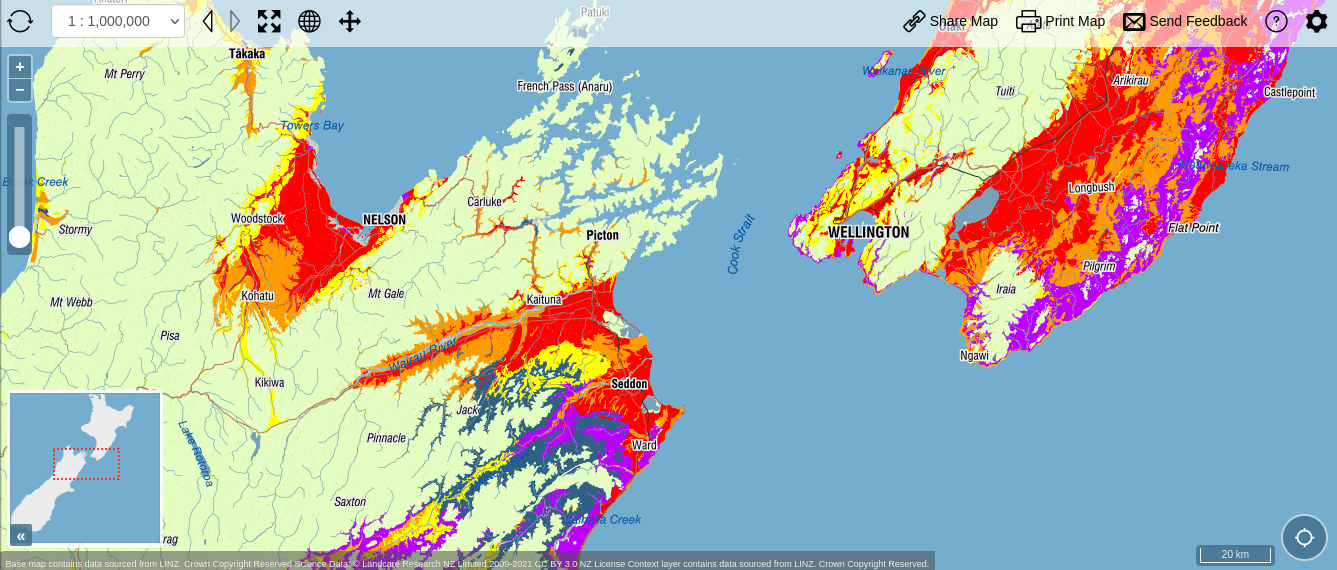
image source phys.org



image source
newsweek.com
by Kacper Pempel/Reuters
See Singleton AD and SE Spielman. 2013. The past, present, and future of geodemographic research in the United States and United Kingdom. The Professional Geographer 66(4):558-567.
source Experian—more recent brochures are difficult to find; this is the 2018 pamphlet


source mapmaker.cdrc.ac.uk